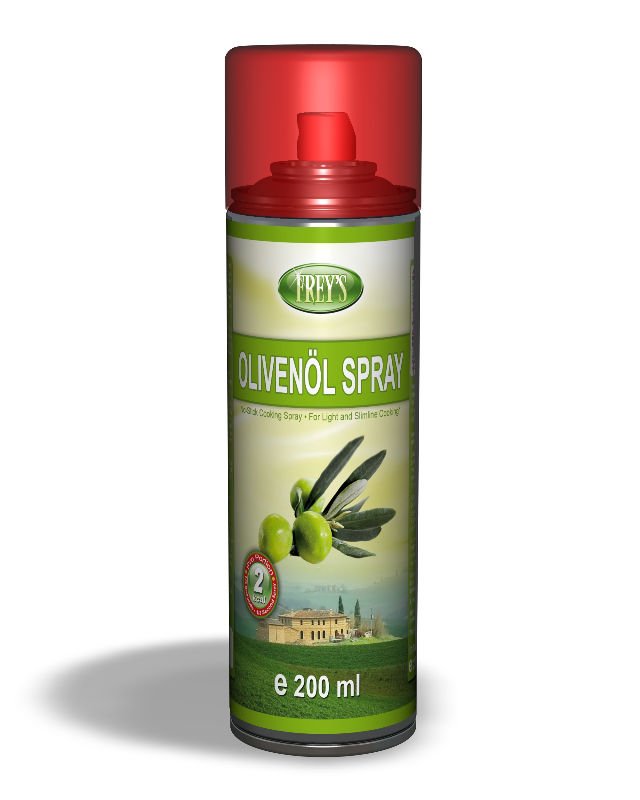Cooking Spray
Cooking spray is inexpensive, but can contain chemical propellants and
preservatives you may not want to consume. Making your own cooking spray is also good if you prefer to cook with
nonstandard oils such as coconut or macadamia oil that may not have a
commercial spray version. Natural living weblog Nature's Nurture
provides the simple formula—one part oil to 4-5 parts
boiled/distilled/filtered water. The reason for the boiled, distilled,
or filtered water is that you don't want bacteria growing in your
cooking spray. For the same reason you should probably run your spray
bottle through the dishwasher before using.Once you've made your cooking spray make sure to shake it well before using. It'll last for a little over a week in your fridgeAccording to PAM, makers of the best known cooking sprays, the first
patent for no-stick cooking sprays was issued in 1957 to Arthur
Meyerhoff Sr. and Leon Rubin, who began to market their product in 1959.
In fact, PAM is an acronym, which stands for Product of Arthur
Meyerhoff. Today, a number of brands exist, and different varieties,
too.








No comments:
Post a Comment